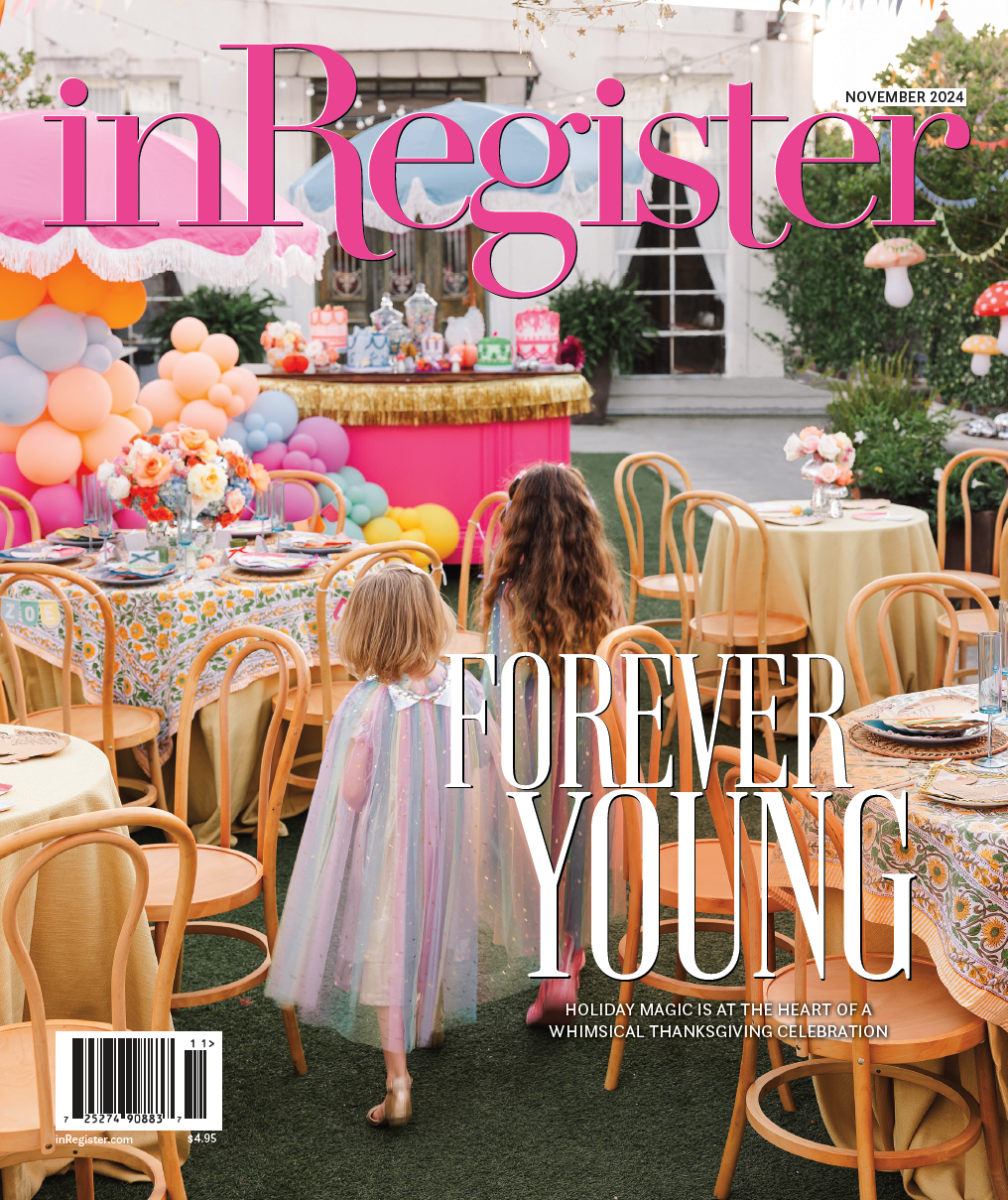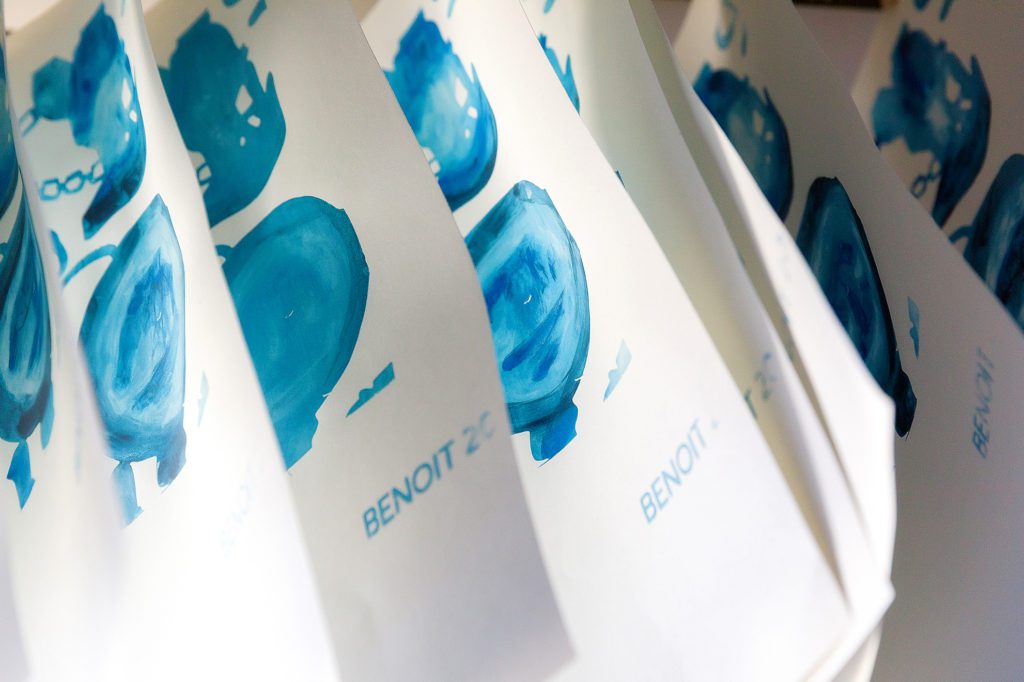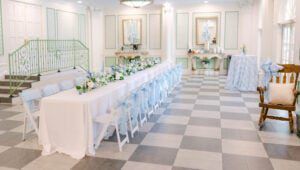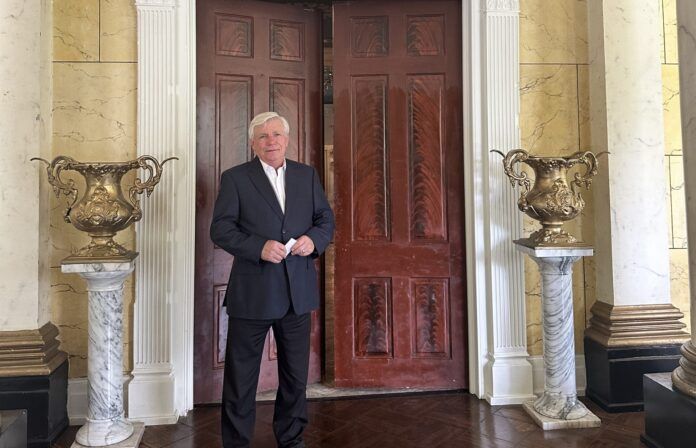The Creatives: Artist and educator Grant Benoit
GRANT BENOIT
Hometown: Lafayette
Age: 30
Artistry: Printmaking and mixed-media sculpture artist; Educator, LSU MOA
Online: grantbenoit.com
It started with a gouge, now he’s here.
As his blood painted the sink red inside his high school’s basement bathroom, Grant Benoit was not thinking about a career in art or creativity’s boundless paths of self-expression, but instead “How do I hide this cut so I don’t flunk my project?”
The class rule was if you hurt yourself while doing your relief cut, you’re doing it wrong, so you fail. Not only did the Lafayette native clean himself up and survive the project—though his finger barely did—he went on to major in printmaking and produce a variety of evocative mixed-media artworks centered on memory, the passage of time and its associated emotions, both as vivid and distant as his own recollection of the day he wondered if he’d ever do another relief cut again.
“Don’t let the one negative experience you have completely derail you,” Benoit says, looking over a series of blue silkscreen prints made on paper and hanging like uniforms on a clothesline inside his home workspace. “Learn from it.”
As an educator for the LSU Museum of Art, Benoit conveys such words of wisdom and weapons of creativity to a broad spectrum of students young and old. Through LSU MOA’s Neighborhood Arts Project, he’s led workshops for underserved children in the Gardere area. He’s also taught classes for seniors in assisted living facilities and college-level art majors alike.
“I realize not all of these students will become professional artists,” Benoit says. “But the more important thing is helping them find some aspect of creativity that improves their life, that carries on.”
Benoit has begun tufting his own carpet pieces to complement his unique toile and multi-layered wallpapers and menageries of artifact-inspired art. He is enamored by domestic spaces—a classic porcelain transferware blue is a recurring color—and intrigued by how the places we’ve been can physically affect the places we will go emotionally. His work features delicate silkscreened patterns and intricate embroidered strands tangled with hunks of paint-chipped drywall and corrugated carboard dissected in layers of strata like a geological excavation.
When so much of existence is documented digitally, an event or place existing primarily in memory shines with the value of sunken treasure.
“How we contain and keep things in closets or in our homes is similar to how we store information and details in our brain,” Benoit says. “All these mundane invisible moments that we pass through in our daily lives, those moments connect, and exploring them helps to explain the stirrings of memory.”













